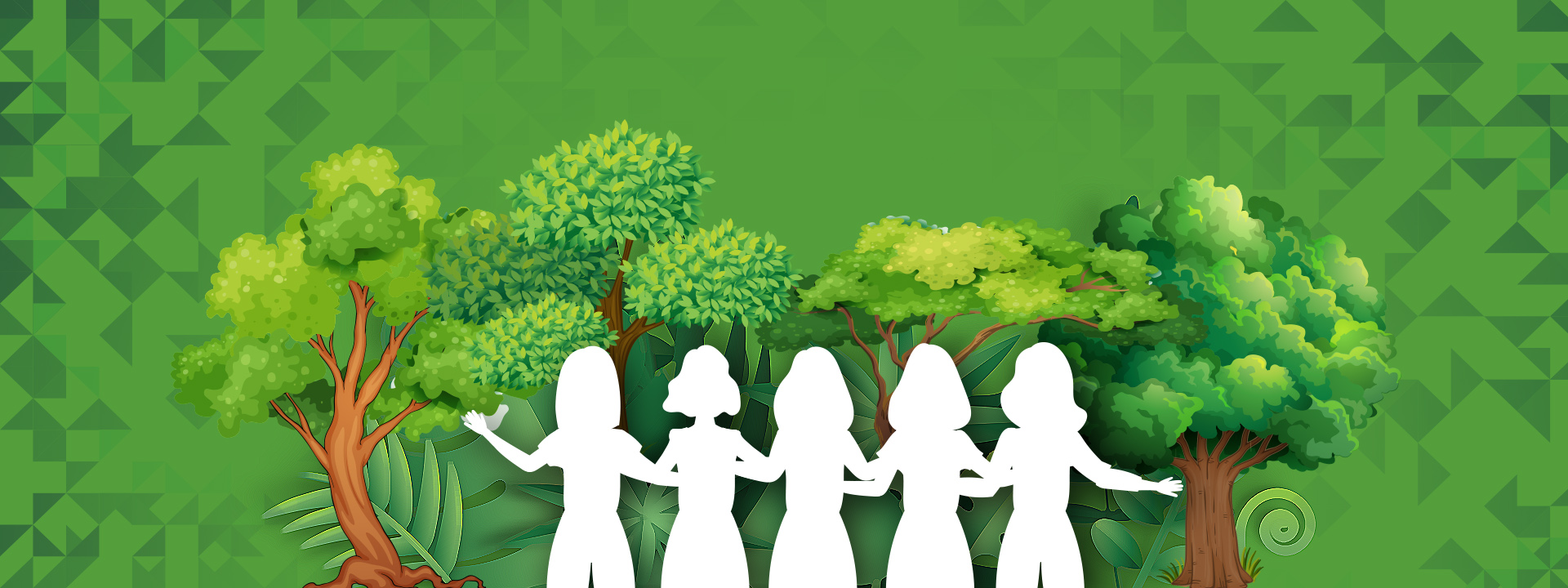|
Getting your Trinity Audio player ready...
|
“W
e have planted over 10,000 seedlings in those mountains,” gestures 70-year old Villa Abagon, a Bantay Gubat (forest warden) from Barangay (native Filipino term for a village or district) Cabladan, Sibalom town, in the highlands of Antique province, located in the Western Visayas region.
Cabladan is among the sixteen barangays (the smallest administrative division in the Philippines) straddled by the 5,511-hectare Sibalom Natural Park which plays host to a mild montane forest and endemic fauna, including 28 bird species found only in the Philippines.
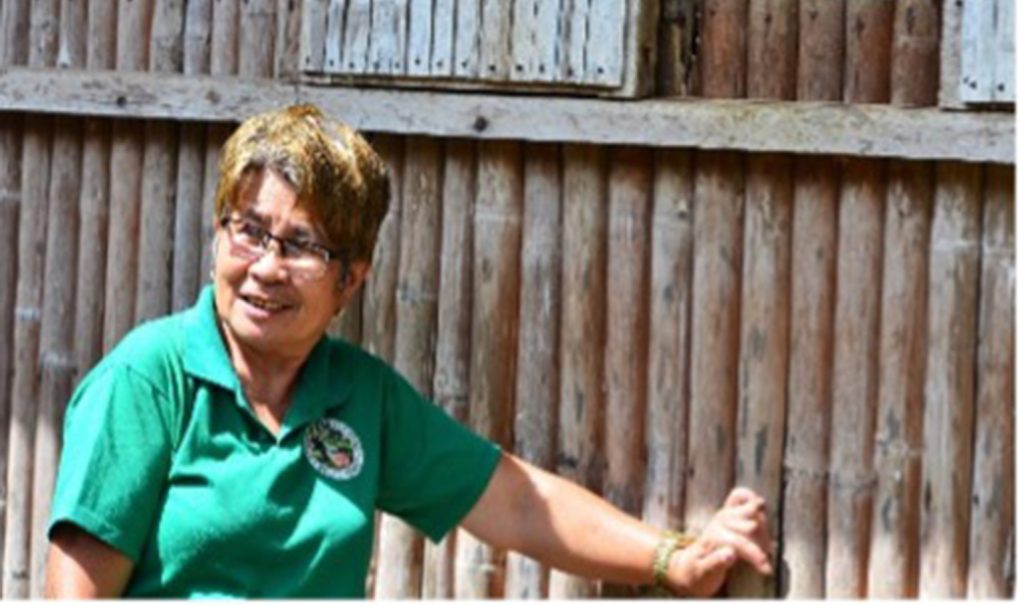
Villa Abagon, a lola (grandmother) at her age, is among the few women serving as Bantay Gubat and Bantay Dagat (coastal warden) in the country. She has been patrolling the woods and planting native trees as warden for over four decades.
“These trees are our legacy for the next generation. Sometimes I feel they too are our children,” says Villa. Her work mostly entails nursing and planting cash crops and native tree seedlinks like Adlawan, Labnog, Narra, Nato and Tabuyog in the foothills of the natural park.
“I think we’ve planted over 10,000 seedlings so far,” she says of her work in the park—which was heavily denuded during the Second World War. “I’m near the end of my days and so know that I won’t see many of these trees mature – but my 15 grandchildren, like Lloyd here, will.”
Like Abagon, many women in Antique are at the helm of protecting and sustainably managing their home forests. In Sibalom Natural Park, women forest rangers like Lumen Tiongco work alongside men to keep loggers at bay, plant crops, and native trees.
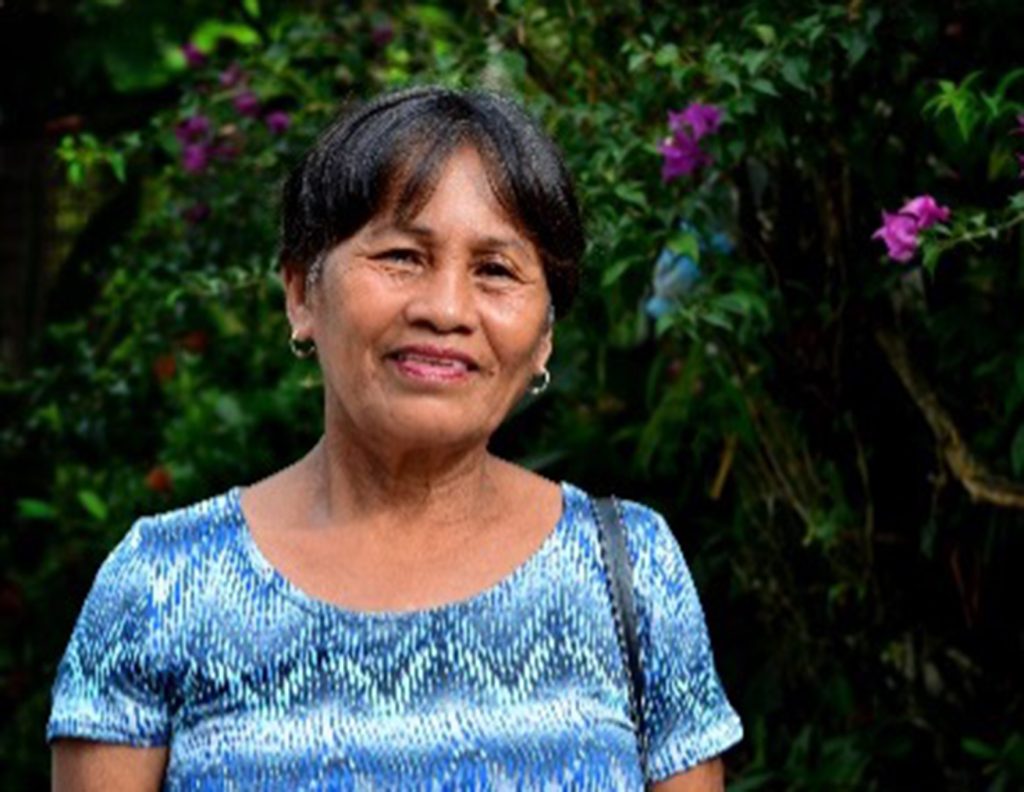
“Mount Porras, the highest point in the Sibalom Natural Park, was not covered in trees,” the 63-year old Lumen recalls of the park’s denudation after the Japanese occupation (1942-1945). She adds that in the 1970s, the Department of Environment and Natural Resources (DENR) reforested the area, but without the benefit of knowing about native or exotic trees. Now, forest rangers like her plant tree seedlings like lauan (Shorea negrosensis), tambuyog (Ficus nota), labnog (Ficus septica) and dau (Dracontomelon dao).
Lumen and other women rangers also regularly clear brush to create fire lines, making the Sibalom Natural Park safer for visitors.
“My scariest moment as a Bantay Gubat was when we had to put out a raging fire. Even today, I can feel the searing heat, hear the crackling of dry leaves, the sizzle of timber. That was a long time ago – but I can still see flames eating up part of a mountain,” she says.
“We also stop honey collectors from smoking out bees from their hives. As we learned the hard way, forests and fire can be a fiery combination.”
Women at the helm
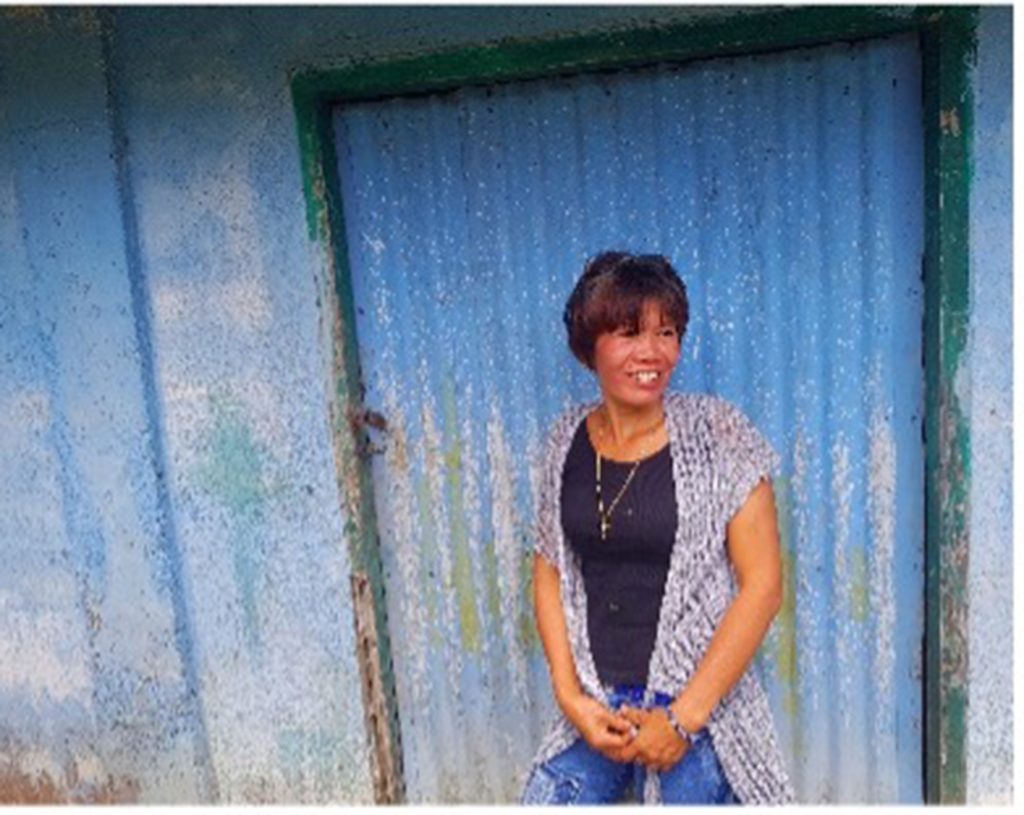
“The woods provide us with an endless array of non-timber products,” says 49-year-old Fe Geraldes Lonasco, the president of a local people’s organization in Sibalom. According to her, the forest rewards them with indigenous materials like tapuyay, bakan, balud, bulo, pandan, rattan which they use to produce hats, bags, and other implements for their livelihood.
Lonasco, along with her people’s organization, returns the favor to the forests by actively working to keep environmental degradation – logging, swidden farming and charcoal making – at a minimum. “We don’t just protect these mountains. We help keep useful forest products flowing,” she says.
But Lonasco’s organization isn’t the only women-led group keeping Sibalom’s forests protected. According to Cynthia Blancia, provincial environment and natural resources officer, many people’s organizations in the province are women-led as well. “[Their] skill sets complement those of our men,” she says.
In fact, Blancia, who started working for the government’s environment department 35 years ago, says that most of the line managers and section heads in their office are women.
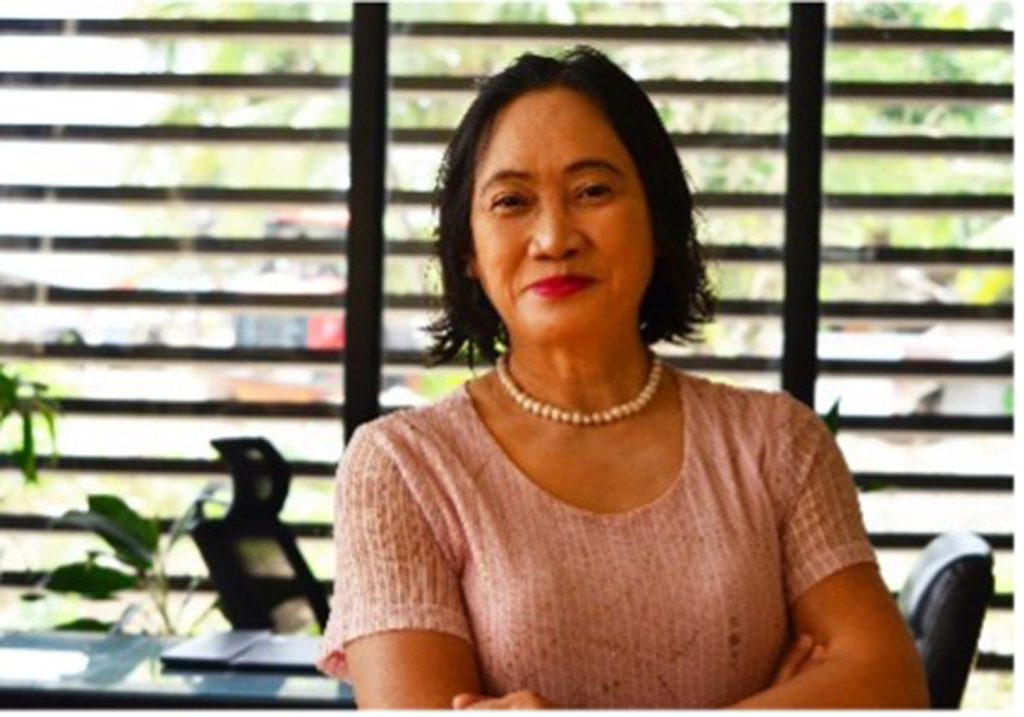
Blancia says she never experienced discrimination in her capacity as environment officer. “Food preparation is usually led by women. For fieldwork, we regularly hire both men and women as rangers and park wardens.”
For 27-year-old Sibalom Protected Area Management Office staff Elizabeth Ann Daquipil, her work in protecting the park has somehow fulfilled her dreams of becoming a biologist.
“We had a brilliant biology teacher in school and I wanted to be just like her,” she shares, adding that she had to take up agriculture instead owing to their family’s farming background. “I was eventually accepted at the DENR and I couldn’t be happier.”
“Today, we study and protect breathtaking areas like the Sibalom Natural Park, home to giant Rafflesia flowers and endangered birds like Walden’s and Tarictic Hornbills. It’s just as I always dreamed. Biology!” Elizabeth says, who’s now on her fifth year in her job at Sibalom.
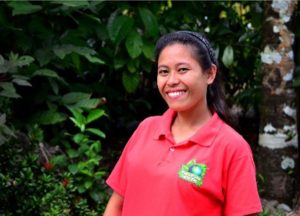
Mainstreaming gender equality
For Annabelle Plantilla, National Project Manager of the Biodiversity Finance Initiative (BIOFIN), the women forest wardens in Antique are prime proof that they play an important role in conservation and protection.
“These women put great value, time, and effort into protecting our forests,” Plantilla says, “despite being busy with household chores, farming and other income generating work, plus their never-ending tasks as duty bearers,”
Across the archipelago, women can be found taking charge in the defense of the forests, which are also domains of the many Indigenous groups in the country. In Busuanga, Palawan, in western Philippines, Indigenous women are taking the lead in restoring and monitoring its mangrove forests after being hit by supertyphoon Haiyan in 2013.
Palawan, dubbed the country’s last ecological frontier, is known for its lush forests and rich biodiversity.
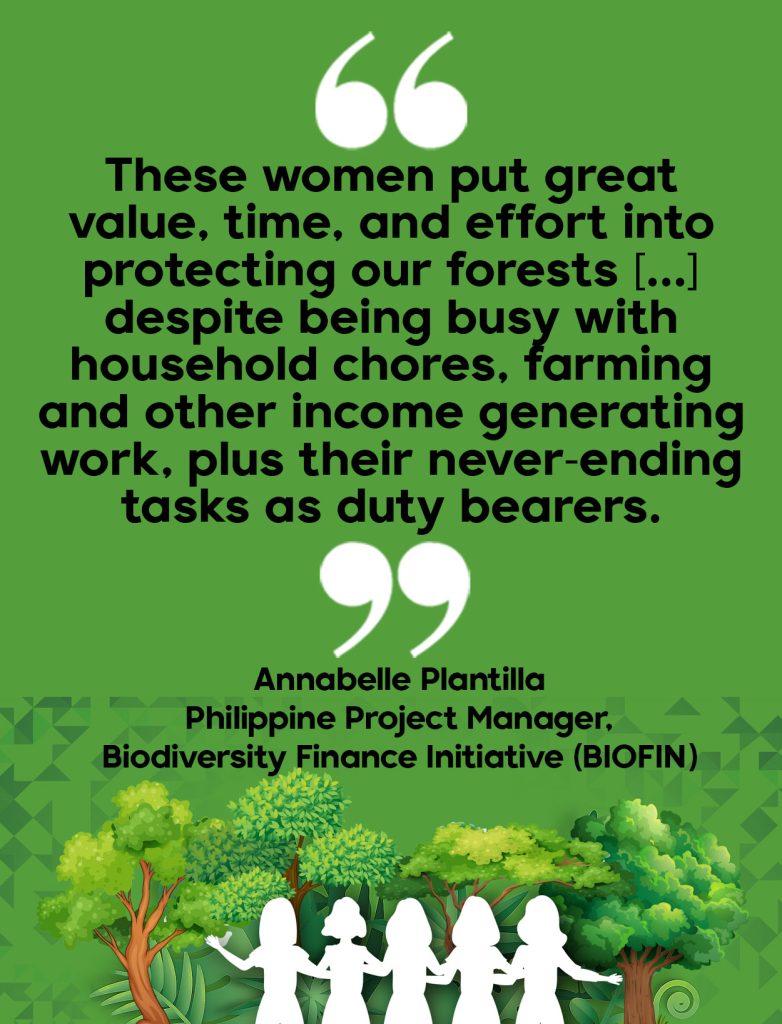
According to BirdLife International, Indigenous women “have recognized the need” to defend forests, not just for their communities and kin, but also for its wider and global ecological benefits. “They are great leaders willing to go above and beyond for their community, and an inspiration to women everywhere to be bold in protecting their human rights,” says the organization.
BIOFIN, a United Nations Development Programme (UNDP) initiative, is working with the DENR to mainstream gender parity in all aspects of governance and decision-making across 41 countries, including the Philippines.
“Promoting gender equality in all projects is just one aspect of DENR-UNDP-BIOFIN’s work to develop and implement inclusive funding mechanisms to sustain biodiversity conservation,” says UNDP Resident Representative Dr. Selva Ramachandran.
The United Nations’ Sustainable Development Goal Five (SDG-5) focuses on pursuing real and sustained gender equality, putting emphasis on the recognition that women are at par with men in their respective societies.
Sources: ReliefWeb International, United Nations Environment Programme, World Bank, United Nations Development Programme, Regional Community Forestry Training Center for Asia and the Pacific
“Enhancing the capacity of women can help community members – both men and women – escape poverty,” Dr. Ramachandran adds.
As they have for decades, the women forest rangers – mothers, daughters, grandmothers alike – of the Sibalom Park in Antique continue to serve as stewards of nature, helping make forests safer and more productive for all.
“This is their avowed commitment,” says Plantilla of BIOFIN.◉
Reprinted and adapted with permission from BIOFIN-Philippines.










